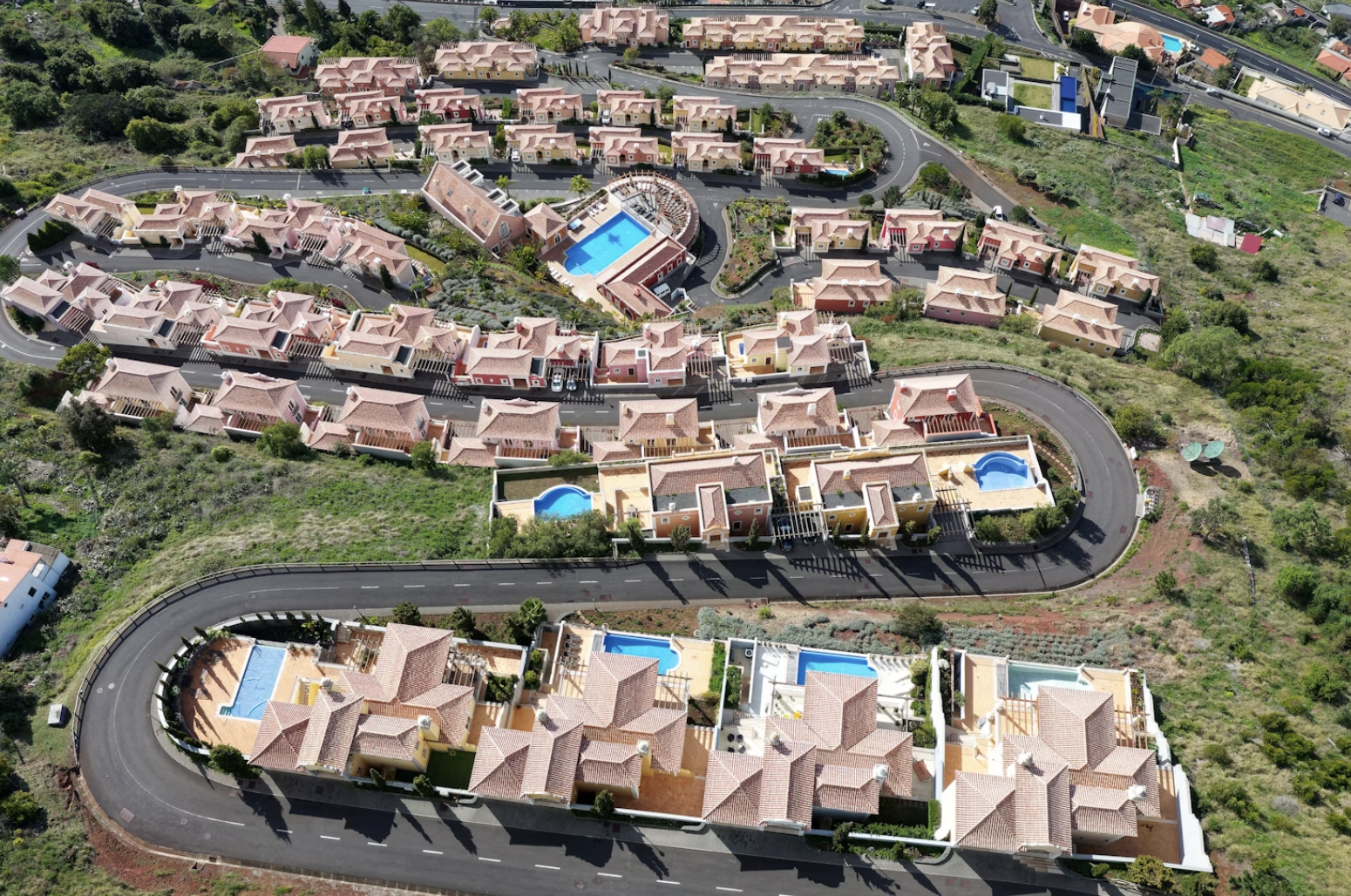Setting up a first investment property can be exciting but also overwhelming, especially if it’s your first time. Many people dive in with high hopes of quick profits but quickly find that managing an investment property is more complex than they anticipated. Without careful planning, new investors can run into costly pitfalls.
From misjudging finances to overlooking hidden costs, first-time investors should be cautious and informed. Here’s a guide to avoid common mistakes and make the journey to owning a successful investment property smoother and more profitable.

Source: Unsplash(CC0)
Not setting a realistic budget
One of the biggest mistakes new investors make is underestimating the costs involved in setting up a property. They might think the property price and a few minor repairs are all that’s needed, but in reality, expenses can quickly add up. Things like insurance, property taxes, maintenance, and emergency repairs are often overlooked, causing financial stress down the road. Creating a realistic budget that includes these hidden costs is essential.
In addition, skipping on reserve funds is a risky move. Having a financial cushion allows owners to handle unexpected issues like a broken heater in the winter or sudden tenant turnover. Always overestimate your budget slightly to be prepared for the worst.
Ignoring financing options
Financing an investment property is more complex than a traditional home loan, and many first-time investors don’t fully understand their options. It’s essential to research options like a DSCR loan, which considers the property’s cash flow rather than the buyer’s income. This type of loan can be a good fit for those looking to expand their portfolio quickly.
Choosing the wrong financing option can lead to high interest rates and heavy debt, which may eat into profits. Understanding and comparing different loan types can make a massive difference in long-term success.
Focusing only on high-end properties
Many new investors dream of owning a luxury property, thinking it’ll attract high-paying tenants. However, luxury properties come with their own set of challenges, including higher maintenance costs and a smaller pool of renters. High-end properties may sit empty longer if a high-paying tenant isn’t available, which affects cash flow.
Instead, looking at more affordable properties in popular rental areas often yields a steadier income. Mid-range properties are easier to rent, easier to maintain, and generally offer a better return on investment for first-timers.
Poor property management
An investment property is only as good as its management, yet many new investors overlook this aspect. Failing to maintain the property, respond to tenant concerns, or keep up with repairs can quickly turn a profitable investment into a burden. Regular inspections, prompt maintenance, and effective communication keep tenants happy and prevent small issues from escalating.
Good property management builds a positive reputation among tenants and can attract referrals, creating a stable, profitable investment for years to come.
So if you’re just getting started with investment properties or are struggling to make them work, we hope that this post has given you a few ideas to help avoid potential pitfalls in the near future.
The post Common Mistakes to Make When Setting up Your First Investment Property appeared first on brokeGIRLrich.












 Bengali (Bangladesh) ·
Bengali (Bangladesh) ·  English (United States) ·
English (United States) ·